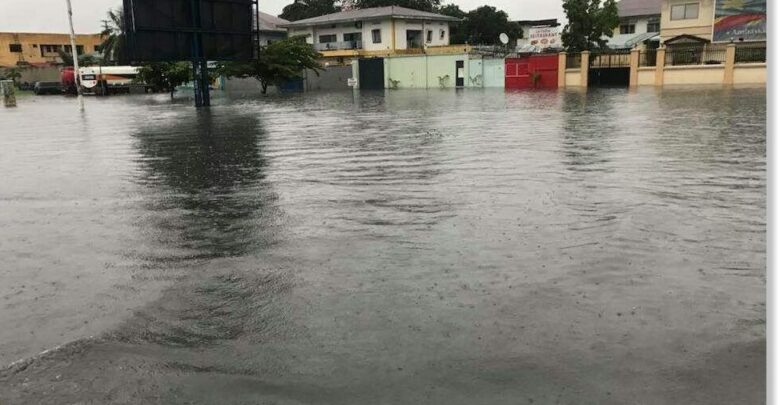Kenya
Kenya: Heavy Rain, Landslides, Floods Kill 194 People, Displace Tens Of Thousands

Nearly 200 people have been killed and 100,000 have been displaced in Kenya due to floods and landslides caused by heavy rain since last month, officials said on Wednesday, reported Reuters.
The heavy rain has strained critical infrastructure and led to the evacuation of villagers due to unprecedentedly high water levels at two dams.
According to the most recent forecast by the Kenya Meteorological Department, the heavy rain, which accelerated in mid-April, is expected to continue in already hard-hit areas in the coming weeks. The May month usually marks the end of the rainy season.
Government spokesman Cyrus Oguna said on Twitter that floods had displaced 100,000 people over the past three weeks, making it difficult for the health authorities to protect people against the spread of the coronavirus, which has already killed 24 people in the country.
The Kenyan government is providing food and water to the displaced people and has also requested the Ministry of Health to provide masks to them as a precautionary measure.
Eugene Wamalwa, the minister in charge of relations between the regional leadership and the national government, said floods and landslides have been concentrated in western Kenya and have so far killed 194 people.
“Yesterday alone, we have lost 30 people in a matter of 24 hours,” Wamalwa said.
In Budalangi, western Kenya, the River Nzoia burst its banks and spilled over the land for miles around forcing residents to carry their belongings away from their submerged houses using boats and motorbikes.
Energy Minister Charles Keter said the water levels at two major Kenyan dams were unprecedentedly high. The two dams, Masinga and Turkwel, have a combined installed electricity generation capacity of 140 MW, representing about 6% of Kenya’s total installed capacity.
According to Sicily Kariuki, the cabinet secretary for water and irrigation, the floods have also destroyed 8,000 acres of rice fields.
Notably, Kenya is already facing a looming rice shortage due to shipping disruptions caused by the coronavirus outbreak.





